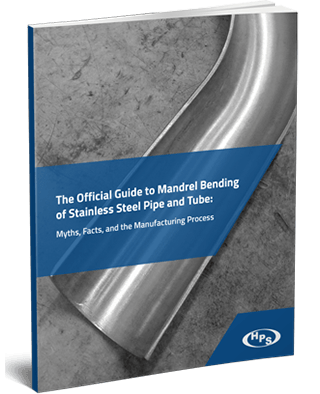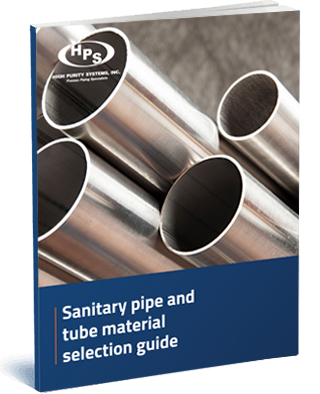Used by a diverse range of industries, the orbital welding process provides a highly accurate, efficient weld to join pipes.
Pipes vs. Tubes
Pipes and tubes are often mislabelled, even by those within the engineering and welding industries. However, there is a fundamental difference between the two; pipes are measured by the capacity inside the diameter and are intended to transport fluids such as water, oil, gasoline, and the like. Since tolerances as well as the specs for material composition are looser in pipes, they are less expensive to create than tubes.
Unlike pipes, the measure of a tube is based on the outside of its diameter. Since tubes are intended to handle stronger pressure, tolerance standards are high, making them more costly to produce.
The Benefits of Orbital Pipe Welding
Material — Both pipes and tubes need to be connected via a reliable welding method. The typical tube and pipe material poses a challenge for the manual welding process, however, as the bends, shapes, and angles make it difficult to achieve a level of uniformity. There is also the risk of unacceptable weld joint geometry resulting from an uneven weld.
- Use of technology — Orbital pipe welding is only successful when the technology used is reliable and properly functioning. The orbital welding process involves the use of a mechanism that is driven by a computer program; this program performs automated, consistent welds with maximum productivity. Still, the entire process is not automated. There is still a skilled welder controlling the equipment, ready to adjust the process as necessary.
- Cost effectiveness — Compared to manual welding, orbital pipe welding can significantly cut costs, thereby reducing the risk of rejected welds and wasted materials. Because the weld quality is so high, the orbital welding process is frequently employed in highly sensitive, hygiene-focused industries, such as food, beverage, and pharmaceuticals.
- Consistency — Because a computer program is used to complete the welding process, the operator still has to input variables such as parameters and any other specialized details required for the job. The orbital welding process allows for optimal consistency, so all finished products will be uniform in quality.
What to Consider Before Beginning the Orbital Welding Process
Before beginning the orbital pipe welding process, several factors should be taken into account. Base material to be welded, weld joint, diameter, gas type, and purity should all be considered, and other factors like surface conditions, arc length, and tungsten electrode materials should be addressed prior to starting the process.
The GATW (Gas Tungsten Arc Welding) process produces an electric arc that will melt the base material to form the weld. The material’s ability to be welded must be considered prior to performing this function. Variables such as mechanical, corrosion, stability, chemical composition and thermal resistance properties must also be considered.
The success of a weld joint fit-up will depend on specifications like straightness, concavity, reinforcement, and drop through. It’s critical that the joining pipes or tubes are a perfect fit for each other; even a slight mismatch is a recipe for system failure.
In particular, the orbital welding process is an ideal solution for joining pipes that will be used in food manufacturing or pharmaceutical applications, as these require 100-percent reliability, leak-free security without entrapment areas on the ID and the danger of contamination and impurities.




